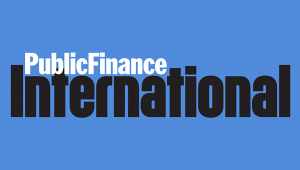In a report released on 4 April, the OECD assessed the progress made by members of its Development Assistance Committee in implementing an official recommendation on untying ODA to least developed countries.
The report revealed that for the 30 DAC members, the share of bilateral aid that was untied in 2015 dropped to 83.5%, down from 87.1% in 2014. The 2015 level represents the lowest share of untied aid since 2009, and the last two years have arrested a general upwards trend.
These figures cover aid flows to recipient countries in most need of aid, which was the extent of the recommendation’s stipulation. Including all aid categories, the share of untied aid to all countries slipped to 76.2% in 2015 from a peak of 78.6% in 2014.
Untying aid involves removing the legal and regulatory barriers to open competition for ODA. It is thought to increase the effectiveness of aid by reducing transaction costs and improving the ownership of aid programmes in recipient countries.
The OECD confirmed that most donor countries provide aid that is completely or almost completely untied, in that it has no conditions attached. However, a minority of countries have persistently high levels of tied aid, and among some, this is on the rise.
OECD spokeswoman Catherine Bremer said untying aid “reduces costs and gives recipient countries greater ownership of aid programmes. The DAC encourages all members to honour their untying commitments.”







